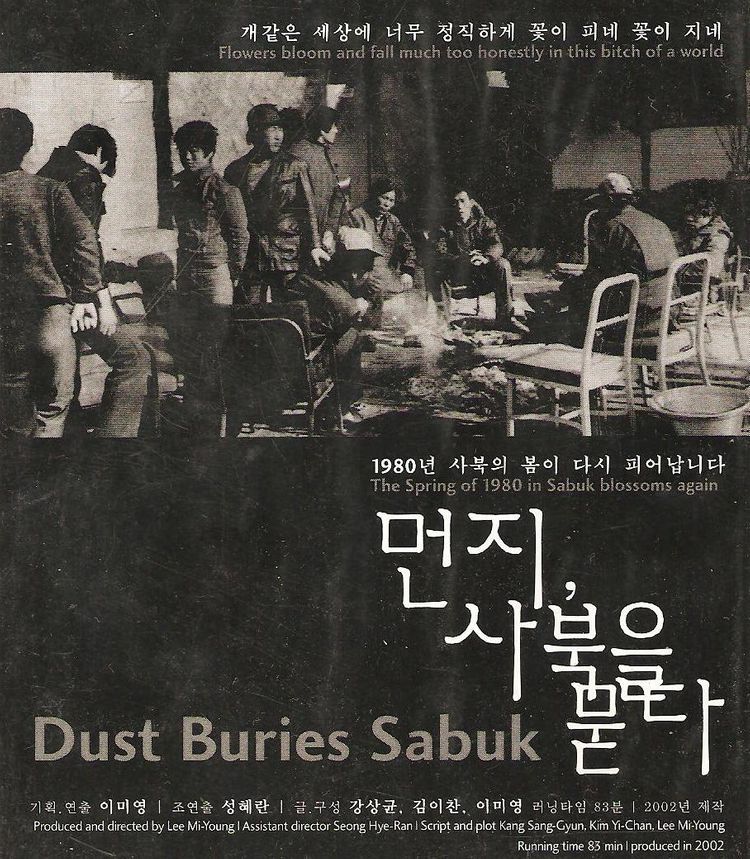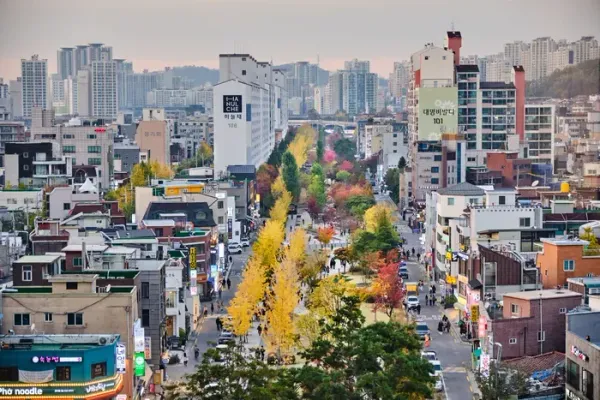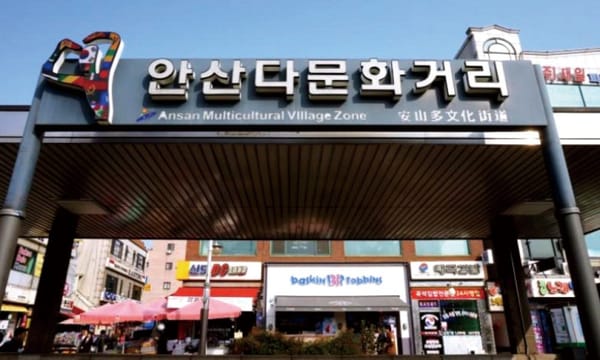Image: Poster of Dust Buries Sabuk (2002), documentary about the Sabuk Resistance. Credit: Seoul Human Rights Film Festival.
Jeongseon Community Research Center 정선 지역사회연구소 of Gangwon-do Province 강원도 issued the first investigative report of the 1980 Sabuk Resistance 사북항쟁, a lesser-known incident of state violence by the Chun Doo-hwan 전두환 dictatorship.
From April 21 to 24, 1980, the 6,000 miners of the Sabuk coal mine - one of the largest mines of South Korea that at one point produced more than 11% of Korea’s coal - began a strike to protest low wages and dangerous working conditions. In response, the Chun dictatorship arrested hundreds of miners and their families and subjected them to brutal torture including sexual assault.
The strike alarmed Chun Doo-hwan’s junta, which led to an increased crackdown on civil liberties that resulted in the following month’s massacre during the Gwangju Democracy Movement 광주 민주화 운동.








